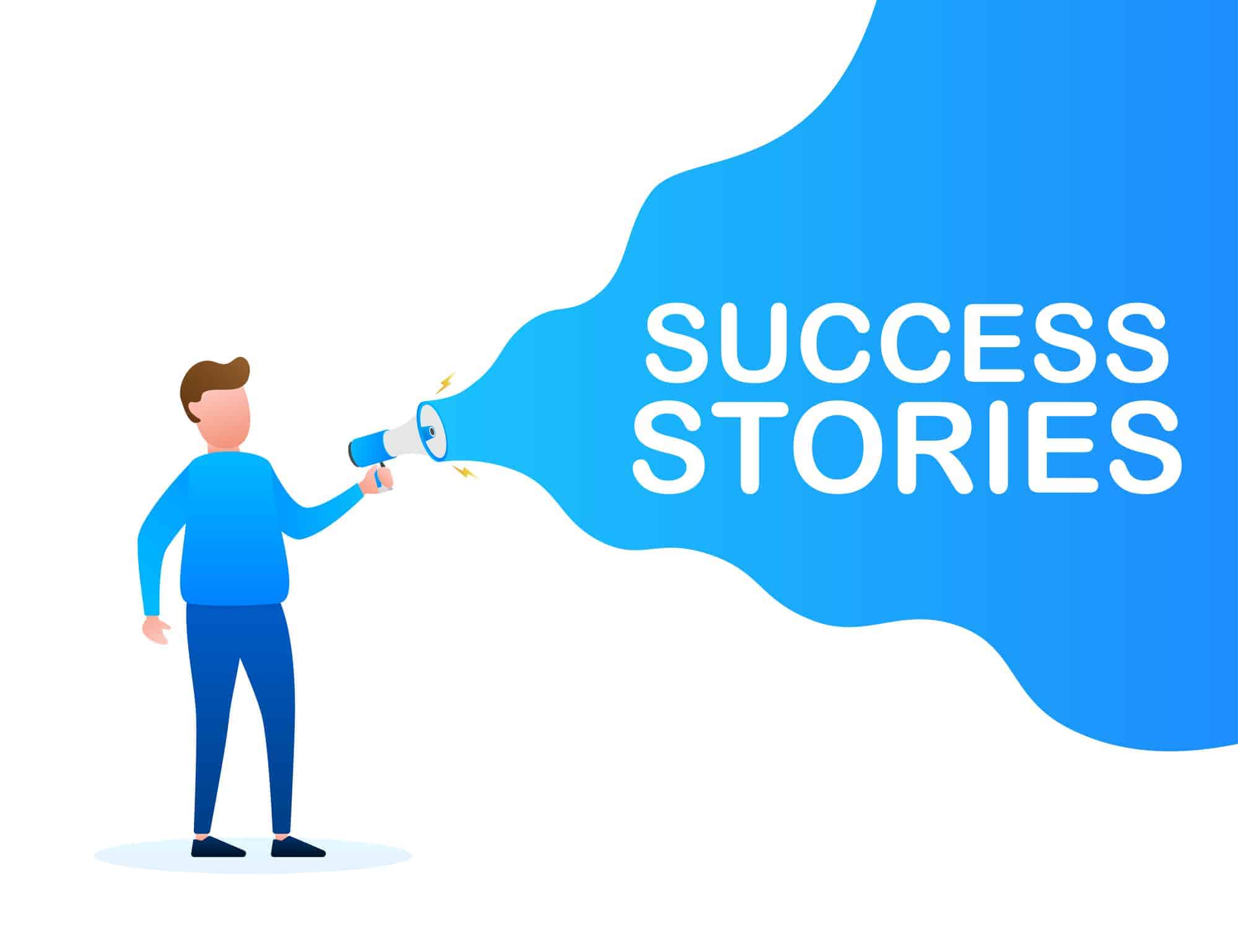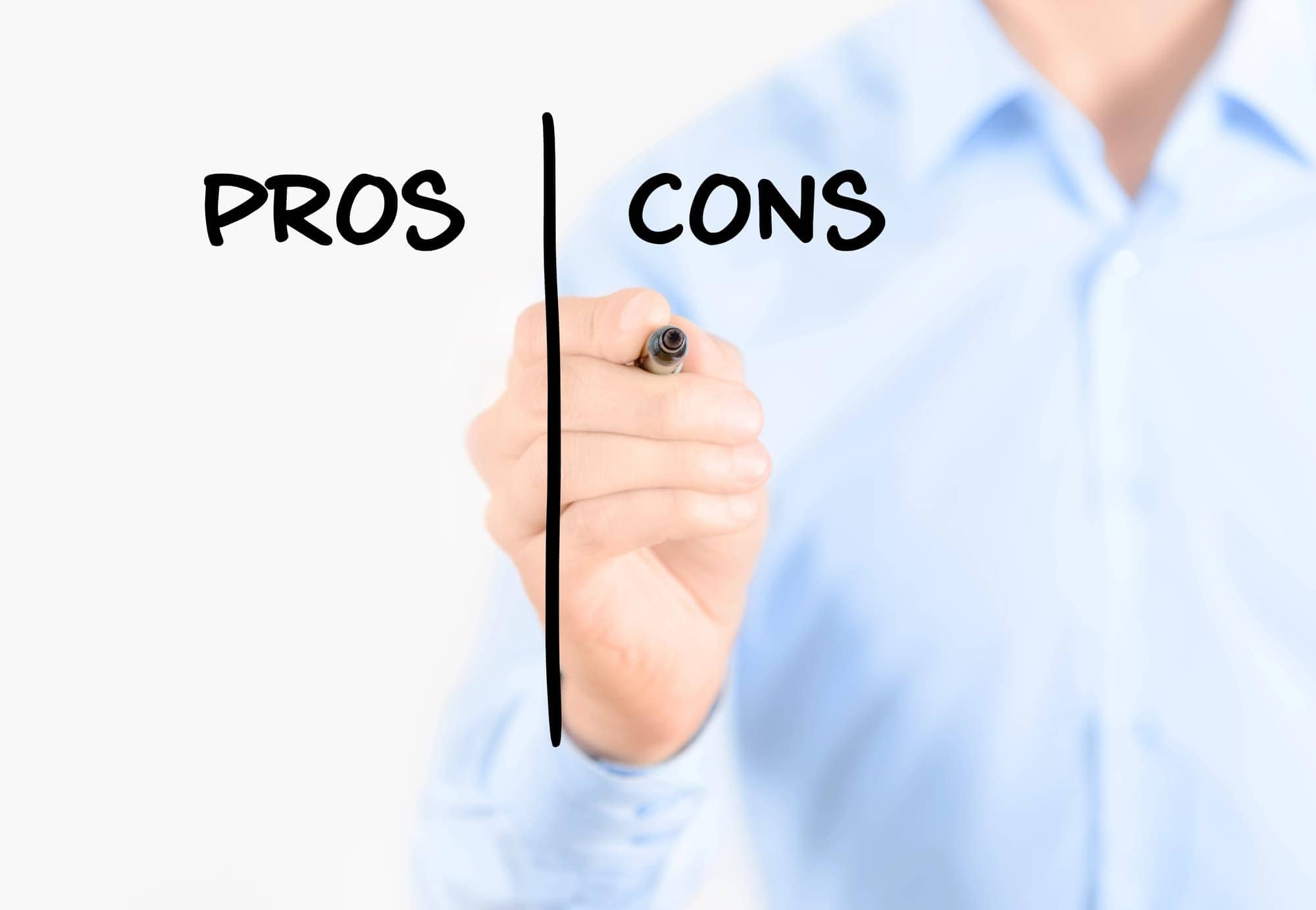Flutter is revolutionizing the world of mobile app development, but what exactly makes it stand out? Let’s dive into the core principles and mechanics of this framework to understand why it’s becoming a favorite choice among developers.
Core Principles and Architecture of Flutter
Flutter, developed by Google, is more than just a tool; it’s a rich framework designed for crafting high-quality, natively compiled applications for mobile, web, and desktop from a single codebase. So, how does it manage this?
A Single Codebase for All Platforms: Imagine writing your app once and deploying it across iOS, Android, and the web without major modifications. That’s the beauty of Flutter! This saves not only time but also significantly reduces the development cost.
Everything is a Widget: Flutter’s architecture is based on a powerful idea: Everything you see in the app is a widget, from a simple text to complex layouts. Widgets in Flutter are organized in a tree, which makes it easy to visualize and modify the UI. According to the 2022 developer survey by Stack Overflow, this unique feature greatly simplifies the UI development process.
Dart – The Secret Sauce: Flutter uses Dart, a language optimized by Google for fast apps on any platform. Dart’s hot reload feature, which allows developers to see changes in real-time, is a game-changer, enhancing productivity and making development more fun.
The Mechanics of Cross-Platform Development with Flutter
Cross-platform development usually comes with trade-offs, but Flutter minimizes these significantly. How does Flutter achieve this?
Same UI and Business Logic in All Platforms: Unlike other frameworks, Flutter doesn’t rely on platform-specific UI components. Your app will look and behave consistently on all platforms, which is a massive win for brand consistency. Did you know that a consistent brand presentation has been seen to increase revenue by up to 23%?
Performance Like Native: Flutter’s widgets incorporate all critical platform differences, such as scrolling, navigation, icons, and fonts, providing native performance. For instance, the Flutter app for Google Ads has been praised for its seamless performance, which is indistinguishable from a native app.
Reduced Testing: Since the same application runs on multiple platforms, it reduces the time and resources spent on testing. This doesn’t just ease the workload for testers but also speeds up the entire development cycle.
To sum up, Flutter stands as a modern framework that bridges the gap between quality and productivity in app development. Its core principles and cross-platform mechanics are designed to cater to both developers and businesses aiming for efficient yet robust app solutions. As we delve deeper into the world of Flutter, keep in mind these foundational aspects that make it a top choice in the tech community.
Unveiling Flutter’s Advantages
Flutter is not just another framework; it’s a powerhouse for app development. Here, we’ll uncover why Flutter is rapidly becoming the go-to choice for developers worldwide.
Streamlining Development with Hot Reload
Have you ever made a tiny change in your code and sat waiting forever for the app to rebuild? Flutter’s Hot Reload feature is a game changer here.
What is Hot Reload? In simple terms, it’s Flutter’s magic wand. Make a change in your code, and voilà, it appears in the app almost instantly. This isn’t just convenient; it’s a revolution in developer productivity.
How Does it Impact Development?
- Time-Saving: Hot Reload reduces the development cycle remarkably. According to a 2021 survey by Codemagic, developers reported a 43% decrease in development time thanks to this feature.
- Enhanced Efficiency: It allows developers to experiment, fix bugs, and add features without restarting the app, keeping the workflow smooth and uninterrupted.
Leveraging Native Features for Enhanced Performance
Flutter is like a Swiss Army knife for app development, offering the flexibility of cross-platform development without compromising on performance.
Native Performance: Unlike other frameworks, Flutter doesn’t just ‘simulate’ native components; it actually compiles to native code. This ensures that your app isn’t just ‘like’ a native app; it is a native app, in terms of performance.
Flutter’s Secret Ingredient:
- Skia Graphics Engine: The same engine that powers Google Chrome is under Flutter’s hood, rendering UIs in Flutter not just beautiful but blisteringly fast.
- Customizable Widgets: From the app’s navigation to animations, everything can be customized to match native performance. For instance, Alibaba, a global e-commerce giant, switched to Flutter for its seamless performance and saved significantly on development resources.
Tackling the Challenges in Flutter

Flutter, like any technology, has its own set of challenges. Understanding these pitfalls and knowing how to navigate them can make your Flutter journey smoother.
Common Pitfalls and How to Avoid Them
Flutter’s learning curve can be steep, especially if you’re coming from a non-Dart background. Let’s break down some common hurdles:
State Management Confusion: Flutter offers several ways to manage state, which can be overwhelming. To avoid this:
- Start Simple: Begin with simpler options like
Providerbefore diving into more complex state management solutions. - Learn as You Go: Don’t feel pressured to master everything at once. State management is an evolving journey in Flutter.
Widget Overload: With everything being a widget, it’s easy to get lost in a sea of nested widgets.
- Use Flutter Outline: This tool visually represents the widget tree, making it easier to navigate and manage your UI structure.
Strategies for Handling Flutter’s Limitations
While Flutter is powerful, it’s not without limitations. Here are strategies to effectively handle them:
Dealing with Platform-Specific Issues:
- Native Integrations: Sometimes, you’ll need to write platform-specific code. Flutter allows for this with its robust native integration capabilities.
- Community Packages: For common functionalities, chances are there’s already a package available. The Flutter community is active and resourceful, providing a variety of packages for different needs.
Performance Optimization:
- Profile Before Optimizing: Use Flutter’s profiling tools to identify performance bottlenecks.
- Efficient Use of Resources: Be mindful of resource-intensive widgets and animations. Sometimes, less is more.
Strategic Application of Flutter in Development
Flutter isn’t just a one-size-fits-all solution; it shines brightest in specific scenarios. Let’s explore when Flutter is the ideal choice and its role in creating MVPs and complex interfaces.
Ideal Scenarios for Choosing Flutter
When does Flutter truly stand out? Here are a few scenarios:
- Rapid Development Needs: Flutter’s hot reload feature and single codebase approach accelerate the development process, making it ideal for projects with tight deadlines.
- Uniform Brand Experience Across Platforms: If you’re looking to maintain a consistent look and feel across iOS and Android, Flutter’s widget-based framework is your ally.
- Limited Development Resources: With Flutter, the need for separate iOS and Android teams is eliminated, which can be a boon for startups or small companies.
Flutter’s Role in MVP and Complex Interfaces
Flutter isn’t just about speed; it’s about quality and scalability too.
- Building MVPs (Minimum Viable Products): Flutter allows startups to quickly launch their MVPs. The framework enables developers to build a functional and visually appealing prototype rapidly, which is crucial for attracting early users and investors. For instance, Hamilton – the famous Broadway musical, used Flutter to build their MVP app, enhancing user engagement and feedback.
- Handling Complex UI/UX Designs: Flutter’s customizable widget sets make it an excellent choice for apps requiring intricate UI/UX designs. Its ability to handle custom animations and complex UI components with ease sets it apart. An example? Google’s Stadia app leverages Flutter to deliver a high-quality, visually rich user experience.
Flutter Success Stories: From Startups to Giants

Flutter’s impact in the app development world is significant, spanning from innovative startups to established industry giants. Let’s explore how Flutter is being used across the spectrum and the successes it has enabled.
How Established Companies Are Using Flutter
When big players in the industry adopt a technology, it speaks volumes. Here’s how established companies are harnessing Flutter:
- Google Ads: Google, the parent company of Flutter, uses it for its Google Ads app. This application is a testament to Flutter’s capability in handling complex, data-driven interfaces.
- eBay Motors: eBay chose Flutter to build their Motors app, highlighting Flutter’s ability to handle large-scale, consumer-facing apps with ease.
- BMW: The luxury car giant BMW developed its “My BMW” app using Flutter, showcasing the framework’s versatility in delivering high-quality, branded experiences.
These examples illustrate Flutter’s robustness and flexibility, even in complex, high-traffic applications.
Flutter’s Impact on Startup Ecosystem
For startups, Flutter is like a secret weapon. It’s cost-effective, fast, and scalable. Let’s see how:
- Rapid Development and Reduced Cost: Startups often operate under tight budgets and deadlines. Flutter’s single codebase approach means faster development and lower costs – a win-win for startups.
- Case Study – Hamilton App: The Hamilton Musical app is a notable success story in the startup world. Built with Flutter, it offered an engaging user experience with ticket lotteries, merchandise store, and even exclusive content. The app not only enhanced user engagement but also served as a vital marketing tool.
- Flexibility and Scalability: As startups grow, their apps need to scale. Flutter’s easy-to-maintain codebase and performance efficiency make it a sustainable choice for startups looking to expand.
Exploring Flutter’s Technical Depths
Flutter is more than just a user-friendly framework; it’s a deep ocean of technical capabilities. Let’s dive into some of the advanced aspects that make Flutter a robust choice for app development.
Advanced State Management Techniques in Flutter
State management can sound daunting, but it’s crucial for a responsive app. Flutter offers several methods, each with its own advantages:
- Provider: A beginner-friendly yet powerful approach. It offers a simple way to manage state while keeping your codebase clean.
- Riverpod: Riverpod is Provider’s smarter sibling, offering more flexibility and testability without compromising on the simplicity.
- Bloc Pattern: For more complex apps, the Bloc (Business Logic Component) pattern provides a structured approach, separating the business logic from the UI. This keeps the codebase more maintainable and scalable.
These state management techniques ensure that no matter the complexity of your app, Flutter has a solution to manage it efficiently.
Flutter’s Integration Capabilities with Modern APIs
In today’s interconnected digital world, your app needs to communicate with various services and platforms. This is where Flutter’s integration prowess comes into play.
- Seamless Integration with Popular APIs: Whether it’s Firebase for backend services or Google Maps for location services, Flutter integrates smoothly with a plethora of modern APIs. This flexibility allows developers to add complex functionalities without heavy lifting.
- Custom Plugin Development: If there’s a specific API or platform you need to integrate with and there’s no existing plugin, Flutter allows you to create custom plugins. This level of customization is a big plus for developers looking to build unique applications.
Flutter’s ability to integrate efficiently with modern APIs and its advanced state management techniques are just the tip of the iceberg in terms of its technical capabilities. These features not only enhance the developer’s experience but also open up endless possibilities in app development.
Nurturing Development: The Flutter Community
The strength of a technology often lies not just in its code, but in its community. Flutter’s vibrant and growing community is a treasure trove for developers, from beginners to experts.
Engaging with the Flutter Developer Ecosystem
The Flutter community is a global, diverse, and welcoming space. Here’s how you can dive in:
- Online Forums and Groups: Platforms like Stack Overflow, Reddit, and GitHub are buzzing with Flutter discussions. Whether you have a question or want to share knowledge, these platforms are goldmines.
- Local Meetups and Events: Flutter meetups are happening around the world. They’re great for networking, learning, and sometimes even finding your next job or team member.
- Flutter Conferences: Events like Flutter Live and Flutter Europe bring together the brightest minds in Flutter. They’re fantastic opportunities to learn from the experts and see what’s new.
Educational Resources and Community Contributions
Flutter’s learning curve is made smoother thanks to countless resources created by the community:
- Official Documentation and Codelabs: Flutter’s official website offers comprehensive guides and interactive codelabs. They’re the perfect starting points for newbies.
- Video Tutorials: YouTube channels like the Flutter channel and Fluttery offer a wide range of tutorials, from basic to advanced topics.
- Community Blogs and Articles: Developers often share their experiences and tips on platforms like Medium and Dev.to. Reading these can provide real-world insights and practical advice.
- Open Source Projects: Engaging with open-source Flutter projects is not only a learning opportunity but also a chance to contribute to the community. This can be immensely rewarding and educational.
Flutter Vs. The World: Comparative Analysis
In the diverse world of app development, how does Flutter stack up against its contemporaries? Understanding its strengths and limitations compared to other frameworks is key to making an informed decision.
Flutter Compared to Other Development Frameworks
Let’s put Flutter in the ring with some of the other popular frameworks:
- React Native: Developed by Facebook, React Native is a major player in cross-platform development. While it shares Flutter’s cross-platform capabilities, Flutter often outperforms in terms of performance due to its native compilation.
- Xamarin: A Microsoft-backed framework, Xamarin uses .NET and C# for building apps. Unlike Flutter, it can feel a bit more complex, especially for those new to .NET.
- Ionic: Ionic is great for web developers transitioning to mobile app development, but when it comes to performance, Flutter’s direct compilation to native code gives it an edge.
Each framework has its own set of pros and cons, and the best choice depends on the specific requirements of your project.
Making the Right Choice: Flutter for Your Project
So, is Flutter the right choice for you? Consider these factors:
- Project Complexity: For apps requiring complex animations and a native feel, Flutter is a strong contender.
- Development Time: Flutter’s hot reload and single codebase approach can significantly speed up development, especially for MVPs.
- Resource Availability: If your team is already proficient in Dart, Flutter is a no-brainer. However, even for those new to Dart, its learning curve is relatively gentle compared to some alternatives.
Flutter’s Trajectory in Emerging Technologies

As we look to the future, it’s clear that Flutter is not just a temporary player in the app development arena. It’s evolving, aligning itself with emerging technologies and setting trends in the development world.
The Role of Flutter in IoT and Beyond
Flutter’s potential extends well beyond traditional app development. Here’s how it’s making strides in the Internet of Things (IoT) and other areas:
- Cross-Platform Efficiency: With IoT devices varying greatly, Flutter’s cross-platform nature allows for consistent UI/UX across different devices, a critical factor in IoT success.
- Growing Ecosystem: Flutter’s growing library of widgets and packages is increasingly accommodating IoT-specific functionalities.
- Case in Point: The Google Home hub, which manages a myriad of home devices, is a perfect example of Flutter’s capability in handling IoT interfaces efficiently.
Future Predictions and Trends in Flutter Development
Looking ahead, here’s what we can anticipate for Flutter:
- Expanded Platform Support: Flutter’s journey from mobile to web and desktop is just the beginning. We can expect further expansion, possibly into areas like wearable technology.
- Enhanced Performance and Integration: Continuous improvements in performance and easier integration with other technologies are on the horizon.
- Growing Community and Ecosystem: As the community grows, so does the ecosystem. Expect more plugins, tools, and learning resources.
Flutter Development Mastery: Tips and Tricks
Mastering Flutter development is an exciting journey. Here, we’ll delve into strategies that can significantly enhance your Flutter skills and look at some inspirational case studies that showcase Flutter’s capabilities.
Proven Strategies for Effective Flutter Development
Effective Flutter development goes beyond just knowing the basics. Here are some strategies to elevate your Flutter game:
- Embrace the Widget Lifecycle: Understanding the lifecycle of widgets in Flutter is key. It helps in optimizing the app performance and creating a seamless user experience.
- Stay Up-to-Date with Dart: Since Flutter uses Dart, keeping abreast of the latest Dart updates and features can give you an edge in Flutter development.
- Focus on Clean Architecture: Implementing a clean architecture in your Flutter apps not only makes them scalable but also easier to maintain.
- Utilize Flutter’s Profiling Tools: Regularly use Flutter’s profiling tools to identify performance bottlenecks and optimize your app accordingly.
Inspirational Case Studies of Flutter Applications
Seeing Flutter in action can be truly inspiring. Here are a couple of case studies:
- Hamilton App: This app for the Hamilton Broadway musical showcases Flutter’s ability to handle multimedia content, online merchandise sales, and user engagement effectively.
- Reflectly: An AI-based personal journal app, Reflectly was rebuilt in Flutter. This shift resulted in a smoother user experience and a significant increase in performance, demonstrating Flutter’s prowess in creating visually appealing and responsive apps.
Answering Your Flutter Queries
Flutter is buzzing in the tech world, and naturally, it brings a lot of questions to the minds of both budding and experienced developers. Let’s address some of these queries and shed light on what Flutter brings to the table.
Addressing Frequently Asked Questions
Here are some common questions that pop up when discussing Flutter:
- Is Flutter Only for Mobile App Development?
- While initially focused on mobile, Flutter has expanded to web and desktop applications, offering a truly cross-platform development experience.
- How Does Flutter’s Performance Compare to Native Apps?
- Thanks to its direct compilation into native code, Flutter apps are often indistinguishable from native apps in terms of performance.
- Can Flutter Be Used for Large Scale Applications?
- Absolutely! Companies like Alibaba and Google Ads have demonstrated Flutter’s scalability in handling large-scale applications effectively.
Expert Insights into Flutter’s Capabilities and Limitations
Let’s dive a bit deeper into what experts say about Flutter:
- Flutter’s Learning Curve: Experts often highlight Flutter’s gentle learning curve compared to other frameworks, especially for those already familiar with object-oriented programming languages.
- Rich Set of Pre-Designed Widgets: Flutter comes with a vast array of pre-designed widgets, which experts praise for speeding up the development process.
- Limitations to Consider: While Flutter is versatile, it’s important to consider factors like the size of the app (Flutter apps can be slightly larger) and the requirement for third-party libraries or custom platform-specific functionalities.
In essence, while Flutter is an incredibly powerful tool for app development, like any technology, it has its nuances. Understanding these will help you make the most informed decision for your app development needs.
